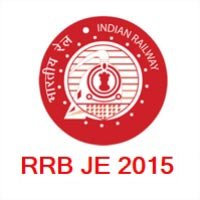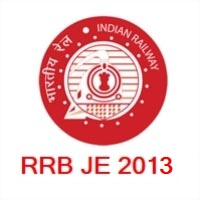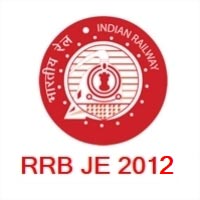Ques.21. Hopkinson’s test for DC motor is conducted with
- Full load
- Half load
- Low load
- No load
Ques.22. In a safety fuse, the temperature to which the wire gets heated is directly proportional to the
- Square of the current
- Fourth power of the current
- Cube of the current
- None of these
Ques.23. The number of brushes in the commutator depends upon
- Speed of the armature
- Voltage
- Amount of current to be collected
- Type of winding
Ques.24. When a material becomes a superconductor, it resistivity becomes
- Zero
- Very small
- Large
- About 20% of the normal value
Ques.25. Assertion (A): A hot wire ammeter has a cramped scale
Reason (R): The heat is proportional to the square of the current
- Both A and R are true and R is the correct explanation of A
- Both A and R are true but R is not the correct explanation of A
- A is true but R is false
- A is false but R is true
Ques.26. The number of poles of a 3-phase induction motor, when the speed of motors is 500 RPM and supply frequency is 50 Hz is
- 8
- 10
- 12
- 15
Ques.27. Nodal analysis is based on
- Kirchhoff’s current law
- Kirchhoff’s voltage law
- Law of conservation of energy
- Law of conservation of momentum
Ques.28. The tunnel diode is made of the semiconductors which are
- Highly Doped
- Sparsely Doped
- Intrinsic
- Normally doped
Ques.29. In a transformer the resistance between its primary and secondary is
- Zero
- Infinite
- 10−3 Ω
- 105 Ω
Ques.30. Which of the following applications a DC motor is preferred over an AC motor?
- Variable speed operation
- High speed operation
- Low speed operation
- Fixed speed operation




